Introduction: The Cultural Significance of Dumplings
Dumplings, known as jiaozi in Chinese, are more than just a culinary delight—they are a symbol of tradition, family, and celebration. These delicate pockets of dough, filled with savory or sweet mixtures, have been cherished across Asia for centuries, particularly in China, where they hold a special place in festivals like the Lunar New Year. Learning to craft dumplings from scratch is an art that combines precision, patience, and creativity. This guide will walk you through every step, from kneading the dough to mastering intricate folding techniques, ensuring your dumplings are as visually stunning as they are delicious.
Chapter 1: Gathering Your Ingredients and Tools
Before diving into the process, it’s essential to assemble the right components. The beauty of dumplings lies in their versatility—you can customize fillings based on dietary preferences or seasonal produce.
Ingredients for the Dough:
- 2 cups all-purpose flour (plus extra for dusting)
- ½ cup warm water (approximately 100°F/38°C)
- A pinch of salt
Classic Pork and Cabbage Filling:
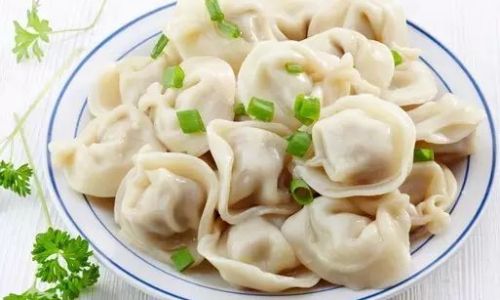
- 1 lb ground pork (450g)
- 2 cups finely chopped Napa cabbage
- 3 green onions, minced
- 1 tbsp fresh ginger, grated
- 2 garlic cloves, minced
- 1 tbsp soy sauce
- 1 tsp sesame oil
- 1 tsp salt
- 1 tsp white pepper
- 1 egg (optional, for binding)
Vegetarian Alternative (Optional):
- 1 cup shredded carrots
- 1 cup chopped mushrooms
- ½ cup tofu, crumbled
- 1 tbsp rice vinegar
Tools You’ll Need:
- A large mixing bowl
- A rolling pin (or a clean, smooth bottle if unavailable)
- A sharp knife
- A bamboo steamer or large pot for boiling
- Parchment paper or a lightly oiled tray (to prevent sticking)
Chapter 2: Crafting the Perfect Dough
The foundation of a great dumpling is its wrapper—thin yet sturdy, with a silky texture. Achieving this requires careful attention to hydration and kneading.
Step 1: Mixing the Dough
In a large bowl, combine the flour and salt. Create a well in the center and gradually pour in the warm water, stirring with chopsticks or a fork until a shaggy dough forms. Avoid adding all the water at once; humidity levels may affect absorption.
Step 2: Kneading
Transfer the dough to a lightly floured surface. Knead for 8–10 minutes, using the heel of your hand to push the dough away from you, then folding it back onto itself. The dough is ready when it becomes smooth, elastic, and springs back when pressed.
Step 3: Resting
Wrap the dough in plastic wrap or place it in a covered bowl. Let it rest for 30–60 minutes at room temperature. This allows the gluten to relax, making the dough easier to roll.
Chapter 3: Preparing the Filling
A balanced filling is the heart of the dumpling. The key is to marry flavors without overworking the mixture, which can lead to a dense texture.
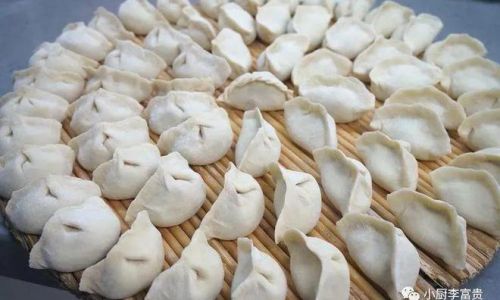
For Pork and Cabbage Filling:
- Salt the Cabbage: Sprinkle the chopped cabbage with ½ tsp salt and let it sit for 15 minutes. Squeeze out excess moisture to prevent sogginess.
- Combine Ingredients: In a bowl, mix the pork, cabbage, green onions, ginger, garlic, soy sauce, sesame oil, salt, and pepper. If using an egg, whisk it lightly before incorporating.
- Chill: Refrigerate the filling for 30 minutes to firm up, making it easier to handle.
Pro Tip: For vegetarian fillings, sauté vegetables like mushrooms or carrots briefly to enhance flavor before mixing with tofu.
Chapter 4: Rolling the Wrappers
Consistency in wrapper thickness ensures even cooking. Aim for wrappers that are 3–3.5 inches (7.5–9 cm) in diameter and paper-thin at the edges.
Step 1: Dividing the Dough
Unwrap the rested dough and knead it briefly. Roll it into a log, then cut it into 15–20 equal pieces. Cover them with a damp cloth to prevent drying.
Step 2: Rolling Technique
Take one piece and flatten it into a disk. Using a rolling pin, apply gentle pressure while rotating the dough. Focus on rolling the edges thinner than the center to create a slight “lip” for sealing.
Alternative Method: If lacking a rolling pin, use a clean wine bottle or a sturdy glass.
Chapter 5: Mastering Folding Techniques
The way you fold dumplings affects both their appearance and cooking. Experiment with these methods to find your signature style.
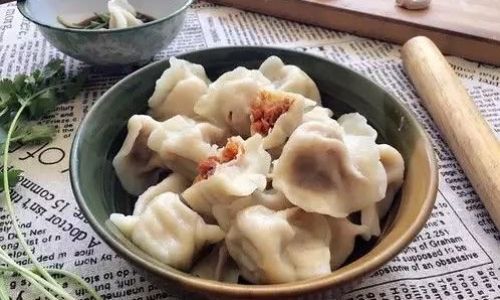
Classic Half-Moon Fold
- Place a spoonful of filling in the center of the wrapper.
- Fold the dough in half, pinching the edges together to seal.
- Starting from one end, create small pleats on one side while pressing firmly against the flat edge.
Crescent Shape (Yuan Bao)
- After sealing the half-moon, pinch the two corners together to form a rounded “boat” shape resembling an ancient Chinese ingot.
Rosebud Fold
- For a decorative touch, make 4–5 pleats on one side, then twist the ends to resemble a flower bud.
Pro Tip: Dip your finger in water and run it along the wrapper’s edge before sealing to ensure a tight bond.
Chapter 6: Cooking Methods
Dumplings can be boiled, steamed, or pan-fried, each offering a unique texture.
Boiling (Zhēng Jiǎo)
- Bring a large pot of water to a rolling boil. Add dumplings gently to avoid sticking.
- Stir occasionally to prevent them from settling at the bottom.
- Cook for 6–8 minutes until they float to the surface.
Steaming (Jiǎo Zi)
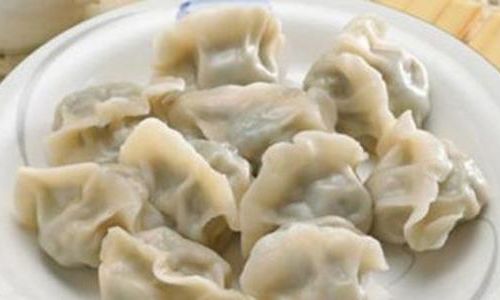
- Line a bamboo steamer with cabbage leaves or parchment paper.
- Steam over high heat for 12–15 minutes.
Pan-Frying (Guō Tiē)
- Heat 2 tbsp oil in a non-stick pan. Arrange dumplings flat-side down.
- Fry until golden (2–3 minutes), then add ¼ cup water and cover to steam.
- Remove the lid and cook until the water evaporates and the bottoms crisp.
Chapter 7: Sauces and Accompaniments
No dumpling experience is complete without dipping sauces. Experiment with these combinations:
- Classic Soy-Vinegar Sauce: Mix 3 parts soy sauce, 1 part rice vinegar, and a dash of chili oil.
- Spicy Sichuan Sauce: Blend minced garlic, sesame paste, black vinegar, and Sichuan peppercorns.
- Tangy Mustard Sauce: Combine Dijon mustard, honey, and lime juice.
Chapter 8: Troubleshooting and Tips
- Sticky Dough: Add flour gradually—too much will make it tough.
- Tear During Folding: Ensure the filling isn’t overstuffed; use a scant teaspoon for beginners.
- Soggy Bottoms (Pan-Frying): Use a neutral oil with a high smoke point, like canola, and avoid overcrowding the pan.
Conclusion: The Joy of Dumpling-Making
Crafting dumplings is a labor of love that rewards you with a sense of accomplishment and a meal brimming with warmth. Whether you’re hosting a dinner party or bonding with family over this timeless tradition, the process—from kneading dough to savoring the first bite—is an ode to cultural heritage. So gather your ingredients, invite loved ones to join, and let the aroma of steaming dumplings fill your kitchen. After all, the best recipes are those made with heart, hand, and history.
Final Thought: Don’t be discouraged by imperfect folds on your first try. With practice, you’ll develop a rhythm, and soon, your dumplings will rival those of seasoned chefs. Enjoy the journey!
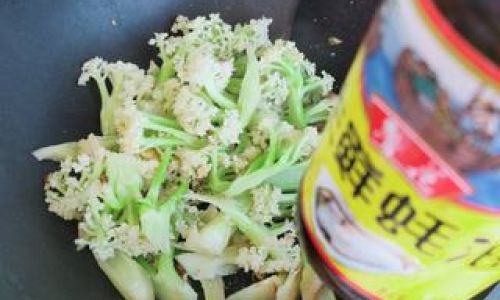
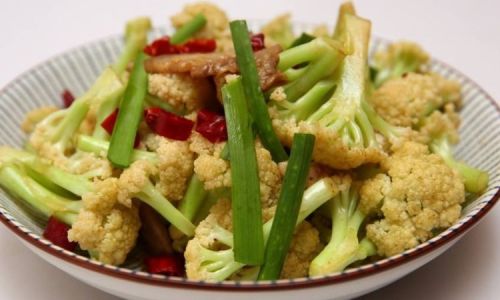
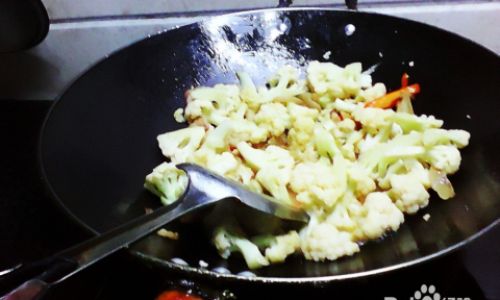
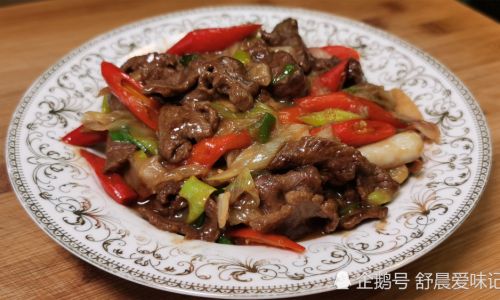
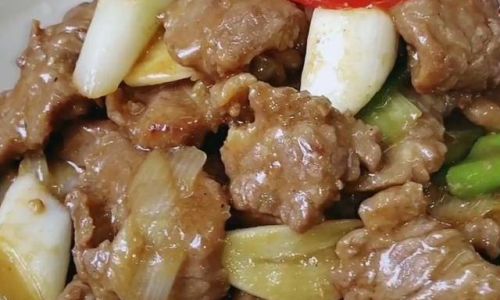
0 comments